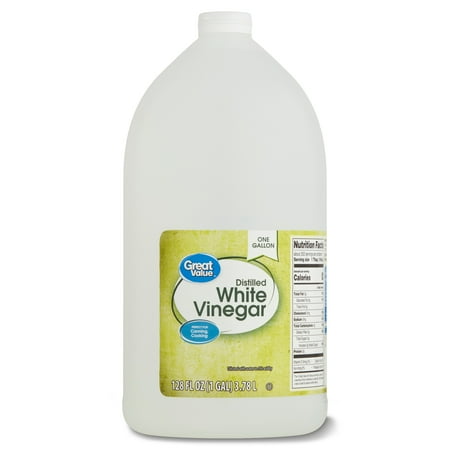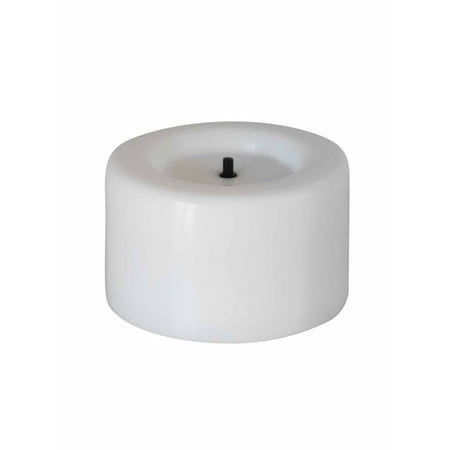How to stop pumpkins from rotting on and off the vine, carved and uncarved – simple solutions to keep your gourds looking good
Our expert-approved tips for curbing the pumpkin rot for as long as possible
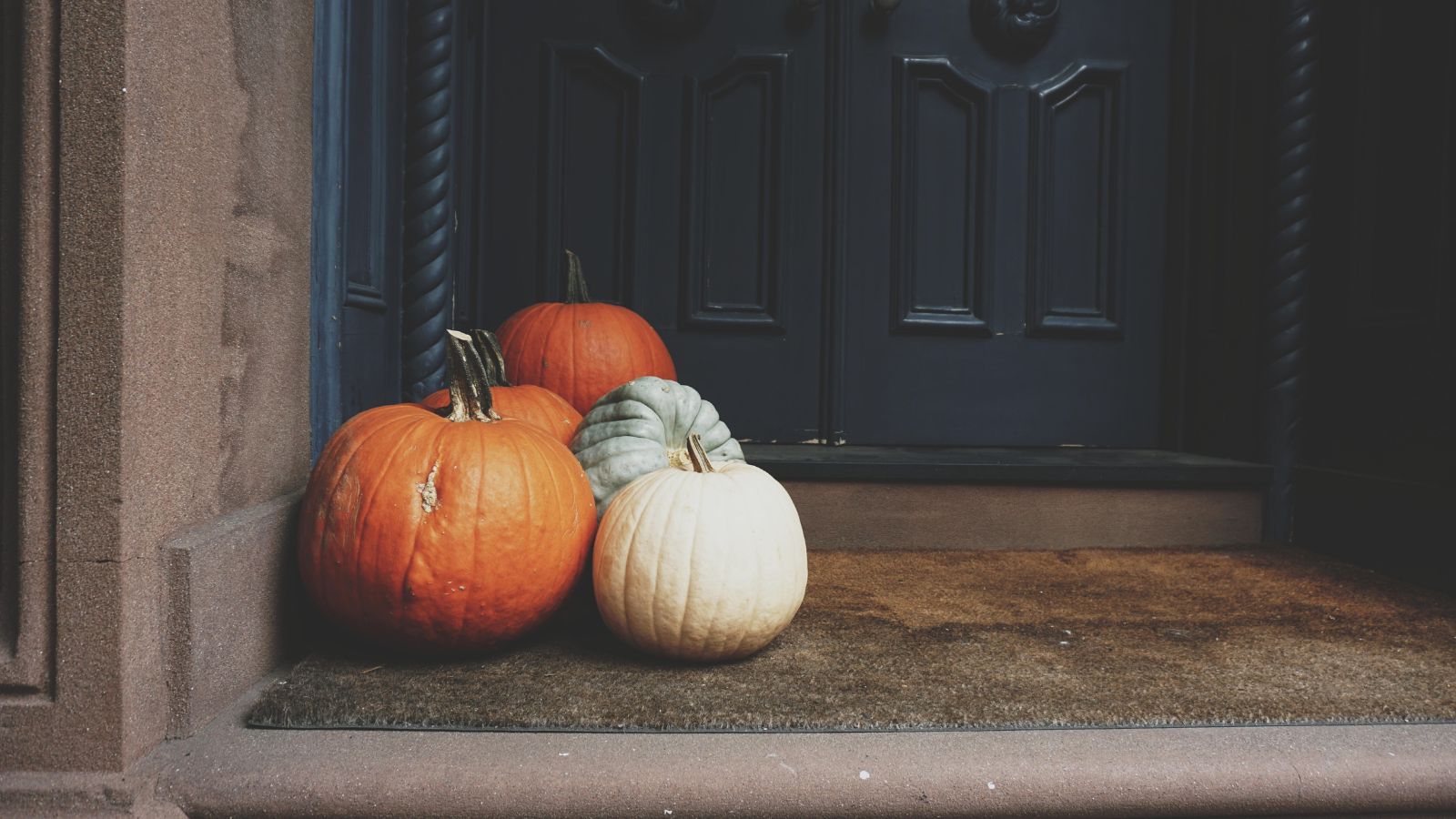
- Stop rot on the vine
- 1. Properly space your pumpkins
- 2. Water until fruit appears
- 3. Use a ground barrier
- 4. Use mulch
- How to stop pumpkins from rotting before carving
- 1. Clean the exterior
- 2. Protect in frozen temps
- 3. Keep animals away
- How to stop pumpkins rotting once carved
- 1. Keep them cool
- 2. Avoid live flames
- 4. Use a preservative
- How long do uncarved pumpkins stay fresh?
- Why are my pumpkins rotting?

Chiana Dickson
Pumpkins are a staple of the fall season and a must-have decor piece for Halloween. However, their relatively short life span means stopping pumpkins from rotting to keep their festive decor and fall table favorite fresher for longer is handy knowledge to have.
Luckily, there are a few foolproof ways to preserve your pumpkins from rotting, whether you're a green-fingered grower with pumpkins ripening on the vine, or simply want to keep your carved creations looking their best.
Here, we look at how to stop all of your pumpkins from rotting, so you can ace your outdoor Halloween decor with ease.
Ways to stop pumpkins rotting
Stop pumpkins rotting on the vine
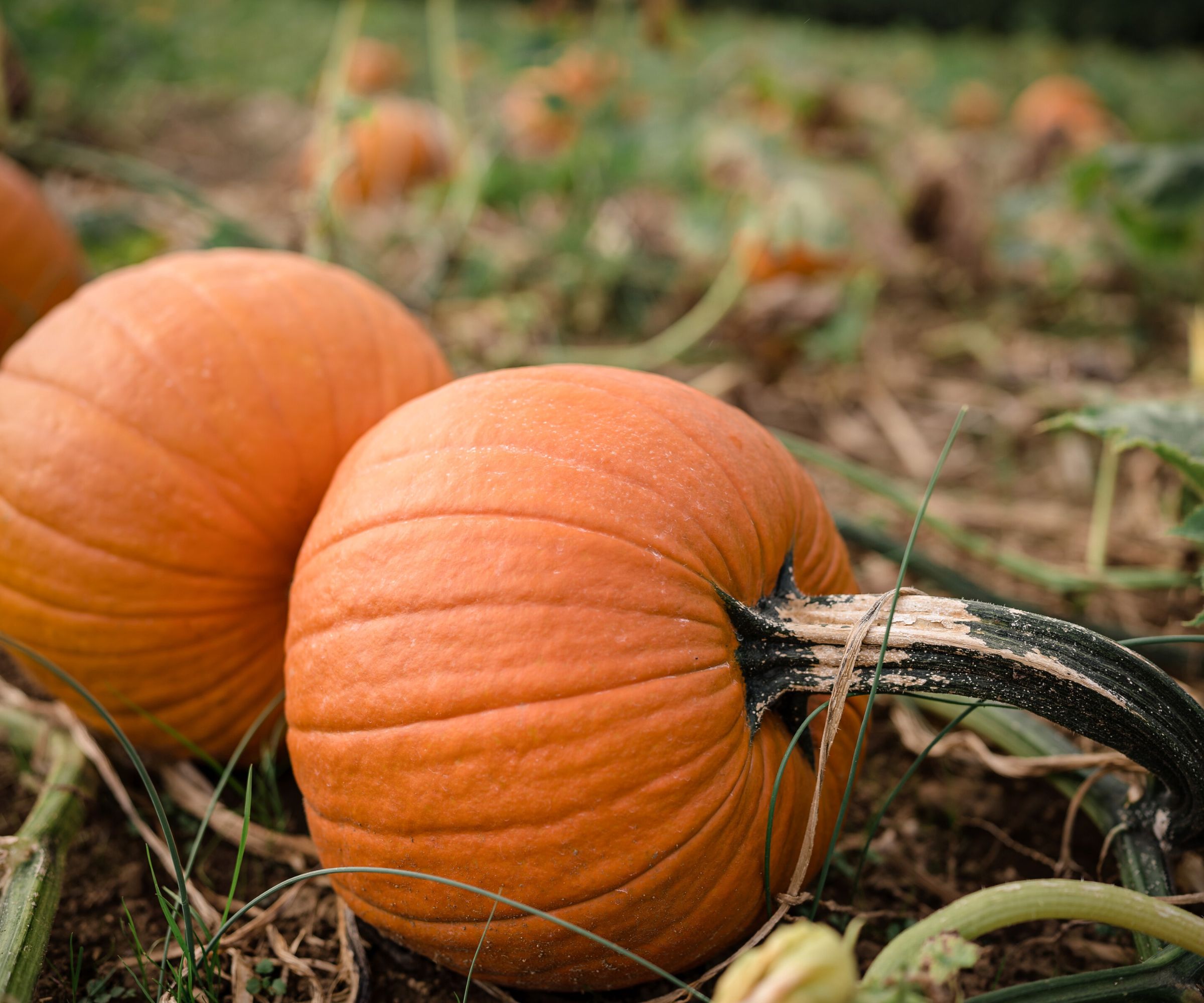
1. Properly space your pumpkins
When planting pumpkins, make sure they are properly spaced. Once they begin growing, keep vines trimmed.
'There should not be over grown vines, to allow enough air to circulate your pumpkins as this helps prevent fungal infections,' which can lead to rot, says John Haryasz, horticulture writer, and landscape designer at Privacy Shrubs, with a degree in landscape architecture from the University of Massachusetts, Amherst.
If you're not sure how to prune pumpkin vines, use pruning shears, such as the bestselling Fiskars Bypass Pruning Shears available at Amazon.
2. Water until fruit appears
'When growing pumpkins, cut back on watering once they turn orange, and then completely stop giving them water around a week before you plan to pick the pumpkins,' says Drew Swainston, former professional gardener and content editor at Homes & Gardens. 'Cutting back on water reduces the risk of the pumpkins starting to rot,’ vital if you want to grow a giant pumpkin.
Design expertise in your inbox – from inspiring decorating ideas and beautiful celebrity homes to practical gardening advice and shopping round-ups.
Use a hose for watering, or invest in a gorgeous watering can, such as the Haws Traditional Watering Can available at Anthropologie.
3. Use a ground barrier
If you are concerned about pumpkin rot caused by ground moisture, soil pests, or from overladen fruit on the vine, you can use a ground barrier or box to help lift the pumpkin away from the ground and provide support as it matures.
'Lifting pumpkins off the ground while they finish maturing can prevent them starting to rot on wet soil and lift them away from pests that may also damage them,' advises Swainston. 'Use a tile, small box, or straw to raise the pumpkins off the soil and protect them from excess moisture that may start the process of rotting.'
We recommend the Unfinished Wood Crate available at Walmart for this, perfect for a rustic look.
4. Use mulch
'Mulch (available at Walmart) should be placed below growing pumpkins to avoid them touching wet soil, which will cause them to rot,' says Haryasz. This can also be used for mulching your garden.
How to stop pumpkins from rotting before carving
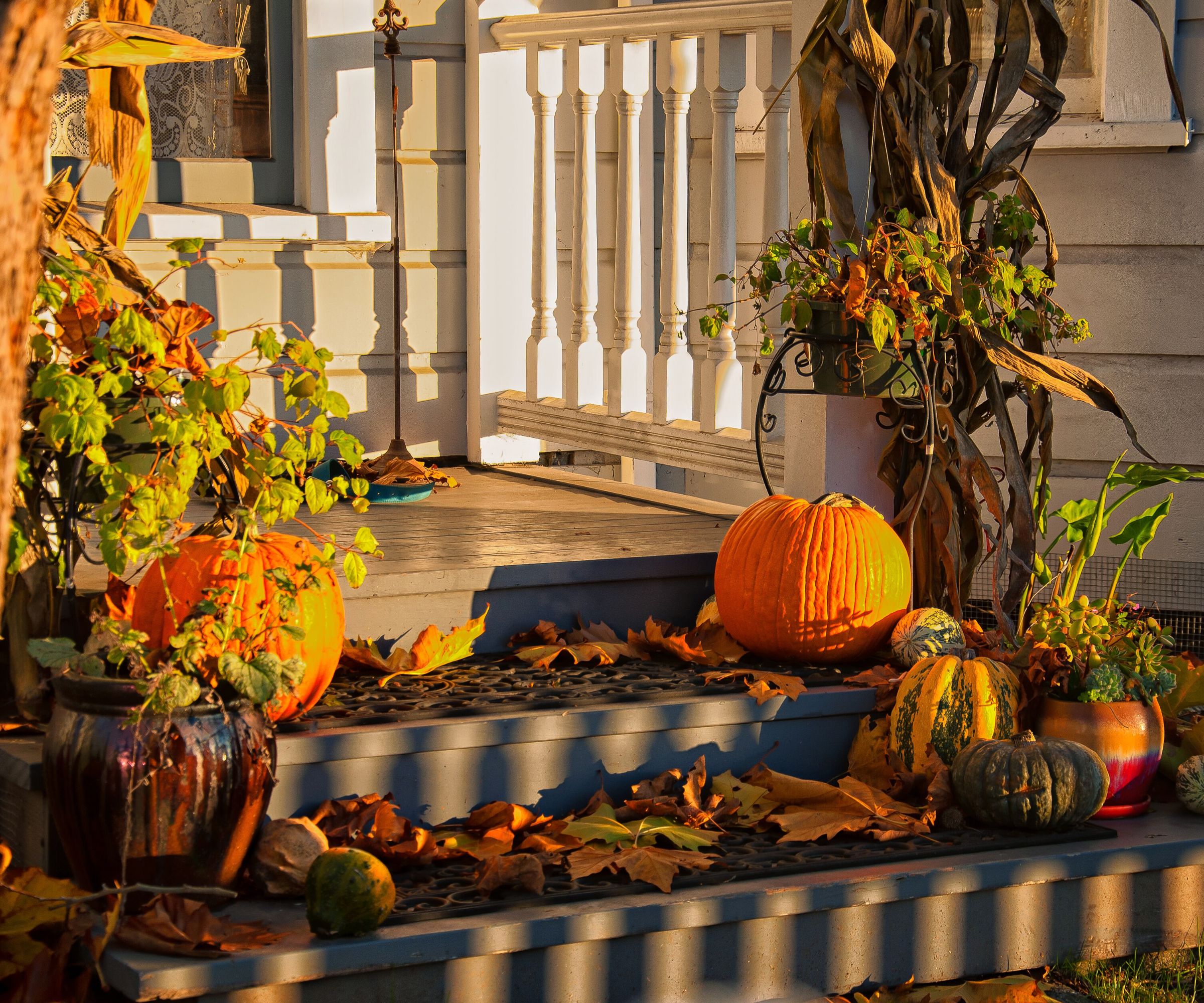
1. Clean the exterior
If you are weighing up how long carved or uncarved pumpkins last, uncarved pumpkins have a much longer lifespan with less work. Because of this, if you want longer-lasting decor, it may be worth considering pumpkin painting ideas instead of carving.
‘Cleaning your pumpkin before carving with a light bleach solution can remove decay-causing microbes that may cause rot,' says Swainston. 'After washing, dry the pumpkin properly as any moisture left on the fruit will bring on decay.’
Dilute one part of bleach in 10 parts of water and apply evenly over the surface of the pumpkin before rinsing with plain water and wiping them down with a damp cloth. We recommend using the Temp-tations Microfiber Towels available at QVC for this, which feature a fun pumpkin design, ideal for fall.
If you prefer not to use chemicals, you can try cleaning them with vinegar for an effective alternative.
2. Keep your gourds away from freezing temperatures
'Freezing temperatures can damage pumpkins,' says Swainston. 'The fruits can tolerate a light frost, but a ground frost can start the fruit to rot. Lift all fruits before the first frosts.'
After picking your pumpkins, store them at a temperature of 50-60 degrees fahrenheit. 'The right storage temperature is key, as both too hot and too cold can cause pumpkins to start rotting,’ he adds.
3. Keep animals away
If you live in an area with a lot of wildlife, such as deer, rats, mice, and squirrels, it will be difficult to keep your uncarved pumpkins in pristine condition. Knowing how to get rid of squirrels and how to get rid of mice is essential when putting whole gourds outside of your home.
If you are a keen gardener, planting deer-resistant plants in your yard will help to keep your backyard deer free year-round too.
Pumpkins will also attract smaller pests, such as bugs and insects. 'I'd recommend using some citronella or lemongrass spray (such as Quantum Buzz Away available at Amazon) around your pumpkins to help repel insects,' says Brett Bennett, director of operations at PURCOR Pest Solutions.
You can also bring your pumpkins in each evening, when both large and small pests will be more prevalent. 'In my experience, physically bringing your pumpkins inside is the best way to prevent bugs and other animals from getting at them,' says Ryan Farley, CEO of LawnStarter.
Learn more about keeping pests away from your jack-o-lanterns.
How to stop pumpkins rotting once carved
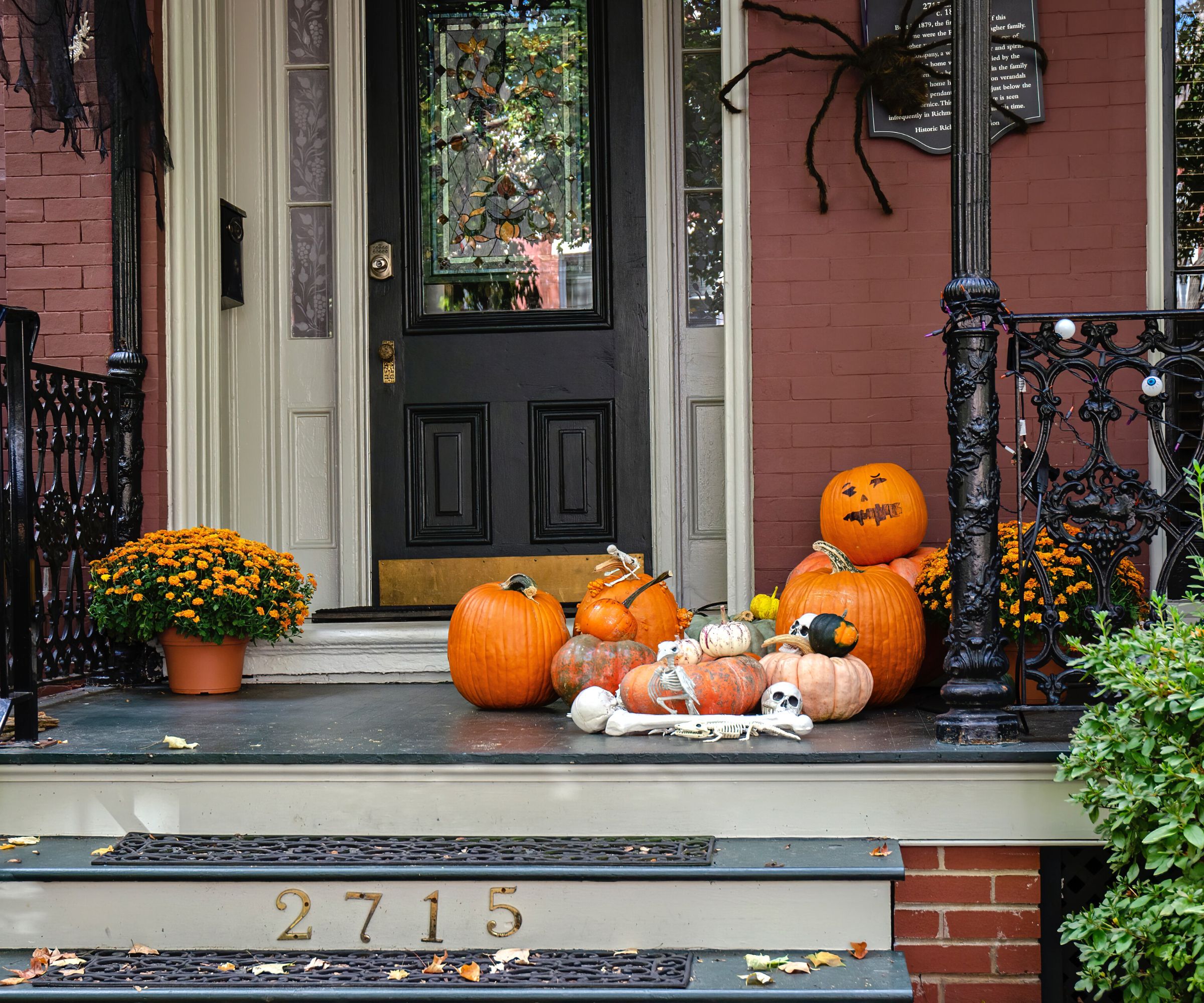
1. Keep them cool
Although pumpkins look great as fall porch decor, it is important to keep them cooler if you live in warmer climates and outside of direct sunlight to shelter them from the harshest elements. 'Pumpkins should be put in the shade in a cool place,' warns Haryasz. 'Sunlight should be avoided since it hastens decomposition.'
2. Avoid live flames
Lighting carved pumpkins in one of the most aesthetic Halloween decor ideas however live flames speed up the rotting process by drying out the pumpkin and exposing the skin to heat. Instead, use an LED tea light, or string lights, for a similar effect that won't damage your Halloween craft ideas.
Jeremy Yamaguchi, CEO of Lawn Love says, 'This can make a difference in keeping them fresh longer.'
4. Use a preservative
Using a natural preservative is a great way to extend the lifespan of your carved pumpkin. For example, vinegar prevents pumpkins from rotting and is a common pantry staple that you likely already have in your kitchen
Another common preservative is petroleum jelly. While it is not proven to work all of the time, adding the jelly to the carved inside and the raw edges can provide a protective coating to prolong the oxidizing period.
'Petroleum jelly (such as Vaseline available at Walmart) can be used on the cut edges to seal moisture inside and stop them from drying out quickly,' says Haryasz.
You can also spray your pumpkins with hydrogen peroxide, or copper sulphate.
'Hydrogen peroxide will disinfect the surfaces and reduce the number of mold spores that can infect the pumpkin,' says Dr Bryan Quoc Le, food scientist, food engineer, food industry consultant, and author of the book 150 Food Science Questions Answered available at Amazon. 'Additionally, the surfaces can be sprayed with a dilute solution of copper sulfate.
'Copper is highly anti-fungal and often used to help treat standing water or surfaces on homes to prevent the growth of mold. Copper sulfate is often found at hardware stores in the gardening section as a fungicide.'
The application of copper to the pumpkin will, however, make it inedible, so make you not to try any autumn recipes with them after. Dr Quoc Le recommends the Crystal Blue Copper Sulfate available at Amazon for this.
You can also use sodium silicate, commonly known as water glass, as a pumpkin preservative. 'This is a material that was historically used to coat food in a protective, sealed layer that prevents the growth of bacteria and mold,' says Dr Quoc Le. 'Nowadays, it is used in pottery as a clear glaze.'
Again, this product will render the pumpkin inedible. Dr Quoc Le recommends the Sodium Silicate 40% available at Amazon.
FAQs
How long do uncarved pumpkins stay fresh?
A picked, uncarved pumpkin can last between two and three months if kept in the right conditions such as out of the direct sun and away from freezing temperatures. Carved pumpkins, on the other hand, will only last a few days regardless of the conditions they are kept in, but there are plenty of brilliant, zero-waste ways to use leftover Halloween pumpkins once they're past their prime.
Why are my pumpkins rotting?
If your pumpkins are rotting on the vine, the chances are they have fallen victim to excess moisture in the soil, insufficient nutrition, or pests. Luckily, most of these causes can be remedied to protect the remainder of your fruits.
If you have carved your pumpkins, rotting is a natural occurrence as the larger surface area oxidizes. While you can extend the lifespan of your pumpkins by adding preservatives such as vinegar or petroleum jelly they will inevitably rot. You can always opt for faux pumpkins if you want a display that will last all season.
Ready to embrace spooky season? Make sure you know when you should put pumpkins out.

Ottilie joined Homes & Gardens last year, after finishing a Master's in Magazine Journalism at City, University of London. With previous contributions in Livingetc and Motorsport Magazine, she produces content for the Solved section on the website, focusing on clever tips and tricks to keep your home beautiful, organized and clean. She also has a Master's degree in English Literature and History of Art from the University of Edinburgh, where she developed a love for inspiring interiors and architecture.
- Chiana DicksonContent Editor
